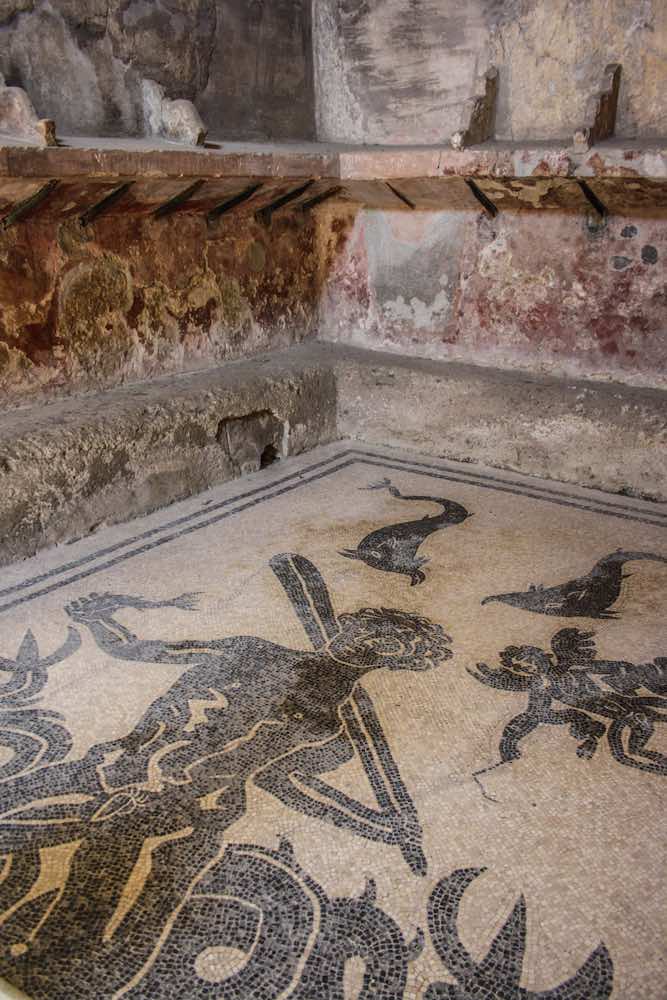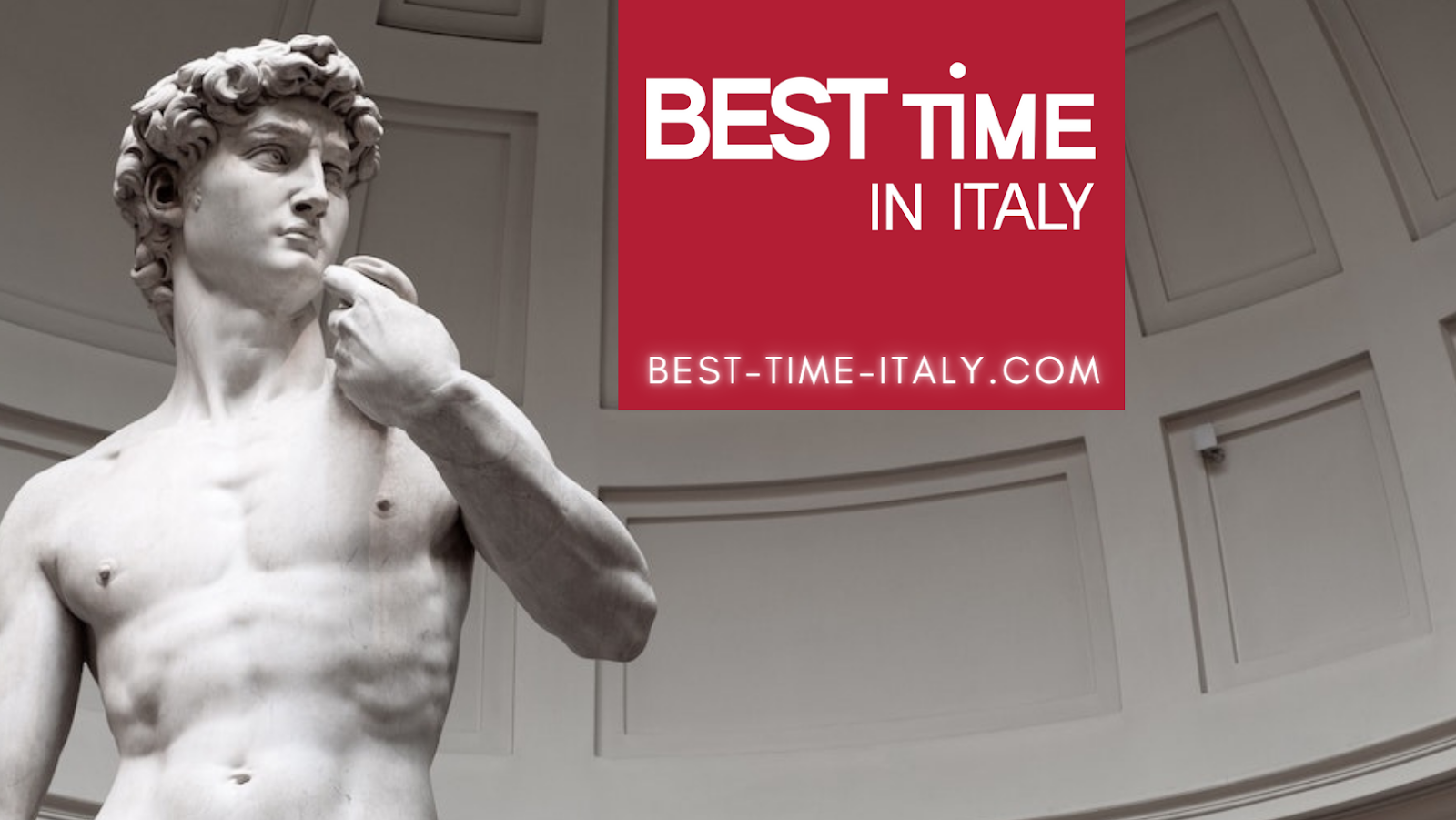- Get link
- Other Apps
- Get link
- Other Apps
 |
| Herculaneum excavations |
What monuments are in the excavations of Herculaneum?
The archaeological sites of Herculaneum and Pompeii (discover our guided tours in Pompeii Archaeological site), buried by the eruption of 79 AD, are an inexhaustible mine of discoveries and information on society and daily life in the first century A.D.
The archaeological excavations in Herculaneum that are ten years older than those in Pompeii have only rediscovered a part of the ancient city, so much of the ancient Herculaneum is still buried underground, including the main public buildings.
Herculaneum is a privileged place for studies and research because the particular conditions of destruction have allowed the extraordinary preservation.
How big are the excavations of Herculaneum?
Herculaneum was a small town (1/4 of Pompeii) on the slopes of Vesuvius, overlooking the Gulf of Naples. A town with a population of 4000 inhabitants, spread over about 15 hectares, of which 4.5 hectares are those that we can visit.
Herculaneum is located about 10 miles close Naples and could be reached by car in about 30 minutes, depending on traffic conditions.
How far are the excavations of Herculaneum from Naples?
Herculaneum is located about 10 miles close Naples and could be reached by car in about 30 minutes, depending on traffic conditions.
 |
| The city of Herculaneum and Vesuvius volcano |
On August 24 or more probably on October 24, 79 A.D., according to the most recent discoveries in Pompeii, the eruption of Vesuvius began. Over the course of the hours thousands of tons of gas, lapilli, magma were projected into the sky.
The pyroclastic flow hit Herculaneum at a speed of 80 km/h and at a temperature of 400 degrees causing the immediate death of all life forms but at the same time sealing under a blanket high between 12 and 26 m the entire city.
The lack of oxygen has allowed the preservation of organic materials, such as wood, food, fruits, fabrics.
The city waited for 1738 to be rediscovered when the king of Naples, Charles III of Bourbon, began the first campaigns of systematic excavation. The findings of the ancient Herculaneum are on display in the Archaeological Museum of Naples.
The first monument to have been found in 1738 and that still today you visit through the Bourbon tunnels, descending to over 20 meters deep, was the theater of Herculaneum.
In 79 A.D. little more than half of the inhabitants of Herculaneum (2500 people) could take place in the building and enjoy the theatrical performances (ludi).
The building, built at the time of Emperor Augustus, had a front decorated with colored marble columns and niches within which there were many statues.
The cavea with its characteristic semicircular shape was divided into three tiers of tiers (ima, media and summa cavea) in relation to the social class of the spectators.
A curiosity: theatrical performances took place during the day and could last even many hours; that’s why it was necessary to spread the velarium, a cover that allowed to create shade.
Among the few public buildings of the ancient Herculaneum rediscovered there is the College of the Augustales: a meeting place of freed slaves, who dealt with the imperial cult as indicated by an inscription in marble present inside the site.
 |
| Inscription with dedication to Augustus |
 |
| The College of the Augustales |
Inside a sacellum was to house the statue of the reigning emperor. The walls are decorated with frescoes of the IV Pompeian style representing slender architectures, candelabra, columns and in the center large mythological paintings depicting Hercules, the deity who gave the name to the city.
In the part of the building you can see the wooden architraves still perfectly preserved and the structures of the upper floor. Even the floors are exceptional, in polychrome African marble.
 |
| Frescoes with mythological scenes from the Sacello degli Augustali in Herculaneum |
 |
| Frescoes with mythological scenes from the Sacello degli Augustali in Herculaneum |
Our itinerary to discover the other public buildings of Herculaneum leads us to visit the Thermal Baths of the Forum.
The first environment of the male section of the thermal bath is the apodyterium or dressing room. Wooden structures above the seats were used to store clothes.
The building consisted of the frigidarium, a circular room with cold water, from the tepidarium a very large room with the floor set on suspensurae, of the small pillars that served to circulate hot air in an air chamber and the calidarium that housed a bath with hot water.
 |
| Apodyterium of the male section of the thermal bath |
The female section of the Thermal Baths of the Forum also had a similar structure.
The entrance was preceded by a small court with benches on the sides where the Roman matrons sat waiting for their turn.
The first room served as a dressing room; the black and white mosaic floor is decorated with a triton surrounded by dolphins.
The tepidarium has one of the most beautiful mosaic floors of Herculaneum: inside a very complex geometric pattern of the squares depict objects related to the world warrior (helmets, shields), the world of athletics, like a jar to contain ointments (aryballos) or at the table like a crater, an amphora, and pitchers. The calidarium housed the benches and a hot tub.
 |
| Apodyterium of the female section of the thermal bath |
 |
| Tepidarium of the female section of the thermal bath |
But most of the archaeological park of Herculaneum is made up, with the exception of these buildings and the ‘Palestra’, private houses of the imperial age, the domus, characterized by a great variety of typology.
We will talk about this and much more in one of our guided tours to the Archaeological Park of Herculaneum.
Our guided tours give you the opportunity to live the tourist experience without hassle (we buy the churches and museum tickets for you, we walk together safely in the town, etc), to save time and optimize your travel.
Please feel free to contact us at my@best-time-italy.com, we will be happy to help you in case you desire to take part in our customized guided tours in the bay of Naples or are looking for inspiration to plan your next travel experiences to Italy.
More muniments of the Archaeological Park of Herculaneum in the next posts we will publish in our website ;)
Ubicazione:
80056 Ercolano NA, Italia
- Get link
- Other Apps
